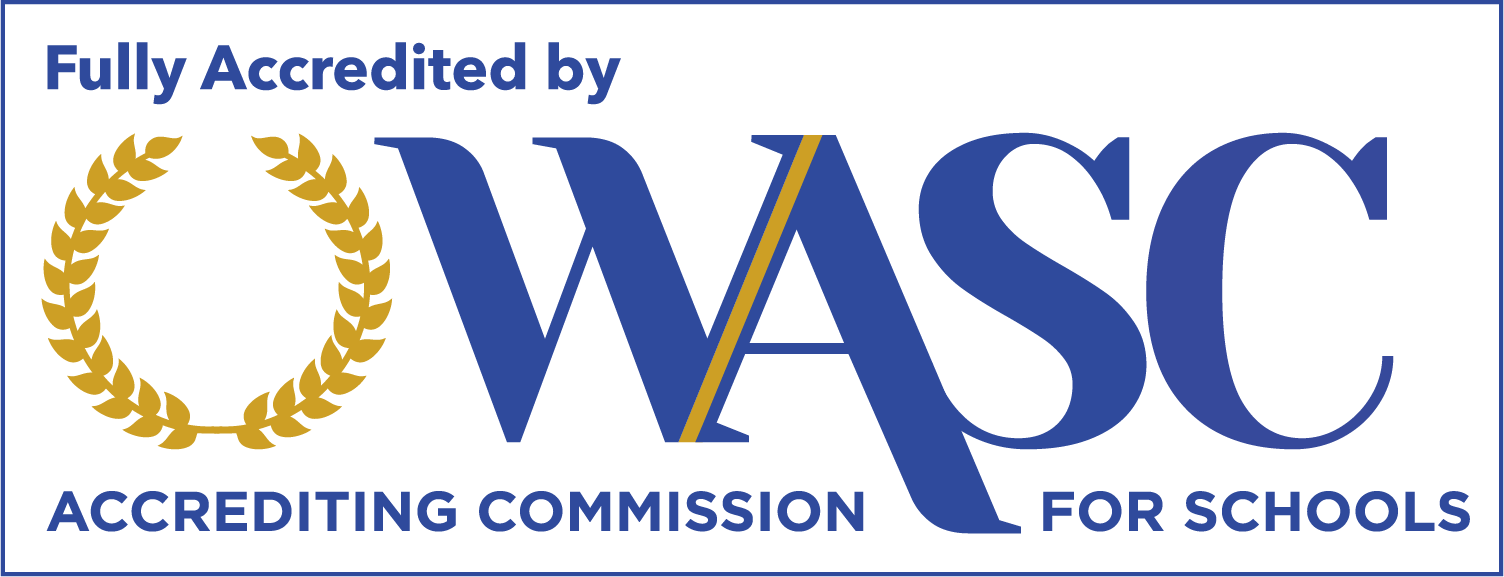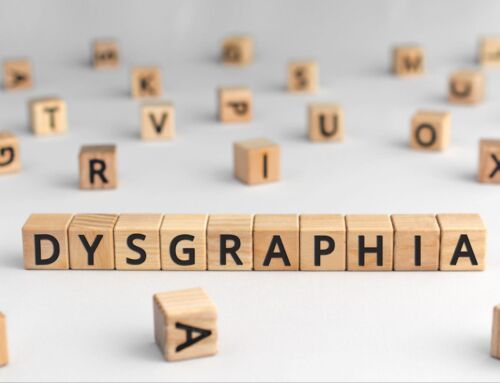How to Teach a Child With Dysgraphia to Write
Did you know that up to 20% of people have dysgraphia, a written expression disorder? While the number ranges heavily, this is largely due to the difficulty in diagnosing dysgraphia. If your child has been diagnosed with dysgraphia, how can you help them develop literacy skills?
If you are working on learning to write with your children, we are happy to help. Read on for a quick guide on how to handle dysgraphia.
What Is Dysgraphia?
What is dysgraphia, and how does it relate to other learning disabilities?
Simply put, dysgraphia is a neurological disorder. Dysgraphia causes writing difficulty with poor letter formation, spacing, and spelling. As a result, writing is difficult, frustrating, and often illegible.
Dysgraphia is most commonly diagnosed when a child begins to learn to write. As they learn, difficulties or a lack of progress may signal dysgraphia.
Challenges of Dysgraphia in Children
Are there challenges to dysgraphia? While it is far from a debilitating disorder, dysgraphia poses many learning difficulties for children. Here are some of the most significant challenges dysgraphia poses.
Difficulty With Comprehension
The first and most dominant factor is that dysgraphia affects a child’s comprehension. When a child begins to learn how to read and write, dysgraphia can make understanding the task more difficult.
Children may become frustrated with their inability to write. Others may need help comprehending their writing.
As a child goes through school, dysgraphia can become more of a hindrance. Taking notes or writing essays is much more difficult for a student with dysgraphia.
Incorrect Letter Formation
A primary factor of dysgraphia is that it makes writing incorrect due to poor letter formation and direction. As such, many school tasks become significantly more complicated.
Many treatments can help improve the individual’s writing. One great way to counter this particular difficulty is by typing. Most students find that dysgraphia only affects their handwriting while their typing remains legible.
How to Teach Children with Dysgraphia
Now that we better understand dysgraphia and its challenges, how can we overcome it? Here are some tips on the best ways to help teach children with dysgraphia.
Use Speech
One of the best ways to help with writing is to speak your thoughts. You could help your child verbalize their ideas to help them visualize their writing.
Please encourage your student to record themselves. Use a smartphone or a similar device to help students capture their ideas.
When they write, your child can play back their words. Doing so reduces the mental strain of thinking about their writing while remembering spelling rules and legibility.
Instead, the student will only need to write what they have dictated to themselves. It is an effective practicing tool that can help your student verbally and literarily.
Organize Writing
Organizing your thoughts is difficult with dysgraphia. For children with dysgraphia, this is one of the most challenging literacy skills to grasp.
You could help your student by working to organize their writing. Practice telling stories to each other and emphasize how the story is structured and broken down.
Not only will this help their dysgraphia, but it will also help their literacy skills. You can also implement a structured assignment, such as an essay with a specific format. Doing so can help your student understand how to “fill in the blanks” of the format.
Practice Pencil Grip
The physical act of writing often challenges those with dysgraphia. As such, practicing this task can help ease the troubles with letter formation.
Take time from each lesson to practice how your student holds a pencil. Work to help them develop a natural and ergonomic grip.
If your student holds their pencil incorrectly, it may cause pain or cramping in their hand. The discomfort makes learning with dysgraphia go from difficult to troublesome.
Large Writing
When practicing writing, students should write large. The same is true for all students, but for children with dysgraphia, this is a fantastic tactic.
While learning to write, encourage the children to write with large letters. Doing so will help them visualize and practice these letters. As time passes, slowly help your student bring their writing down to an acceptable size. You can give them worksheets to fill in letters of each size in the blanks!
It is also vital to teach starting points and the directionality of the letter. Many children struggle with the direction of ‘b’ or ‘d’, ‘p’ or ‘q,’ and even ‘m’ and ‘w.’ Teaching different starting points can help with directionality confusion.
Change Mediums
Another great tactic to help your student visualize writing is to make it physical. Many students find working with a moldable medium, such as clay, an effective tool.
Help your students carve letters into clay or sand or practice on a whiteboard. You can make a fun arts and crafts activity out of this learning strategy! Help them write into clay and then let it dry so they have tangible evidence of their progress.
Another way that you can help is to switch to a computer or tablet. Many students have no trouble writing when it comes to typing. Often, any difficulty in this category is from dyslexia.
Your student will need to develop computer literacy skills eventually. Using computers to help tackle dysgraphia can encourage your student not to give up! Just be sure to reach the proper finger position to help them become proficient with typing.
Handling Dysgraphia
Dysgraphia feels overwhelming, but any student can beat the disorder with some practice, tools, and strategies. It is not a matter of messiness or laziness. It is truly difficult for your child. Please do your best to understand your student’s struggles and adapt your strategies to their needs.
Work with various tools and try to keep practicing fun so they do not become frustrated.
For more learning strategies, be sure to contact us!




